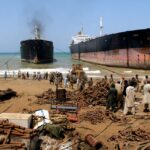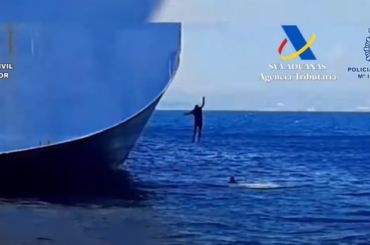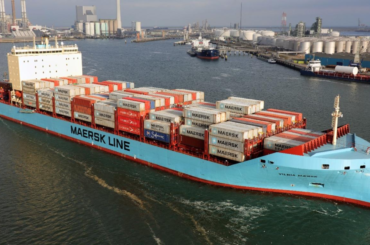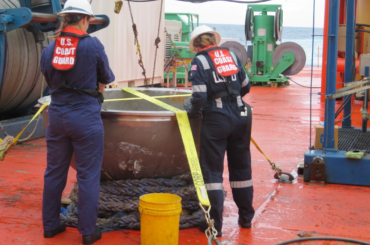According to local media, the old USS Kitty Hawk, the US Navy’s last commissioned conventionally powered aircraft carrier, completed her final voyage on Tuesday when it arrived at a scrapyard in Brownsville, Texas.
The 16,000-mile journey to the “Battle Cat” scrapyard began in January at Naval Base Kitsap in Bremerton, Washington.
The aircraft carrier, which is too enormous to pass through the Panama Canal at over 280 feet wide and more than 1,000 feet long, was towed around South America and through the Strait of Magellan to Texas, where many people, including former service veterans, gathered to witness it arrive this week.
After nearly 50 years of navy service, which included the testing of new military capabilities, combat operations, race riots, and even a collision with a rival power’s submarine, the Kitty Hawk was decommissioned in 2009.
The first-in-class ship was the last of the Navy’s conventional carriers to be decommissioned, as the Nimitz- and Ford-class nuclear-powered carriers took their place.
Read more: 12+ Unseen Photos and Story of the World’s No. 3 Ship Graveyard
The carrier spent more than a decade in mothballs after retirement before the Navy struck a deal with International Shipbreaking Limited in 2021 to scrap the former Kitty Hawk and the former USS John F. Kennedy, another conventionally powered Navy aircraft carrier decommissioned in 2007, for just a penny each.
According to ISL, the shipbreaking company decided to recycle the ship for such a low price because it expected to profit from scrap sales.
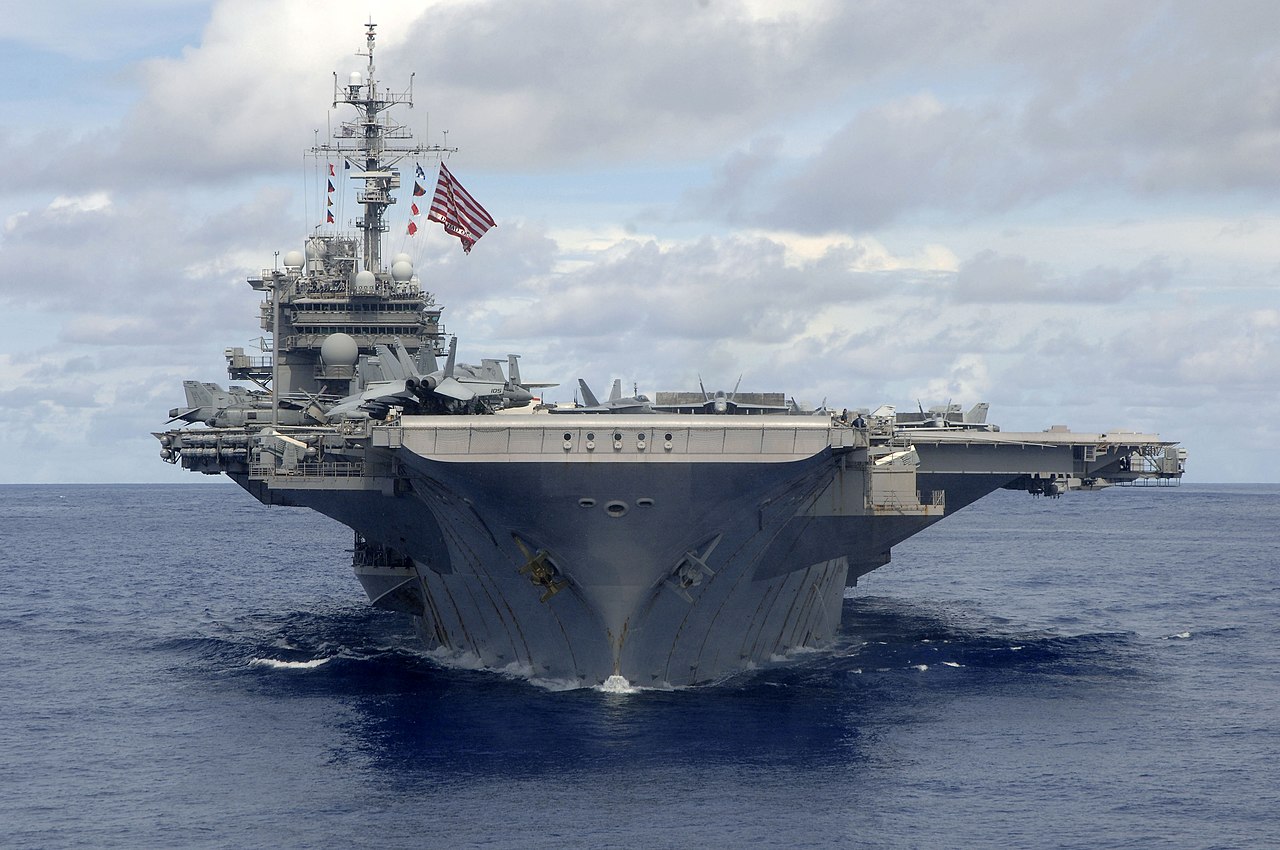
Kitty Hawk’s service history
The CIA collaborated with the Navy to practice launching and to recover the U-2 Dragon Lady high-altitude reconnaissance and surveillance aircraft from the Kitty Hawk just two years after it was commissioned into naval service in 1961.
According to a Naval History and Heritage Command report, pilot Bob Schumacher evaluated the spy plane’s “carrier compatibility.” It was given the code name N315X.
During the Vietnam War’s Tet Offensive in 1969, the aircraft carrier and its air wing received a presidential unit commendation for “inflicting extensive damage and devastation to sites and installations important to the enemy’s operations.”
The carrier stayed on duty throughout the war, with the air wing carrying out hundreds of strikes and dropping millions of pounds of ordnance on the enemy, but the long deployments took their toll and fuelled long-standing tensions among the crew.
In 1972, race riots erupted on the Kitty Hawk, with several fights breaking out between white and black sailors across the ship. The disturbances injured more least 40 and maybe as many as 60 sailors, prompting the establishment of a program to handle racial concerns on Navy ships.
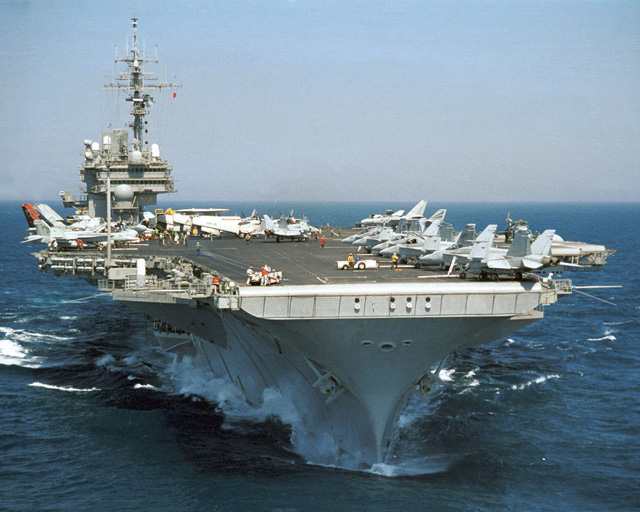 Another stressful incident occurred in 1984, during the last years of the Cold War when tensions with the Soviet Union were at an all-time high.
Another stressful incident occurred in 1984, during the last years of the Cold War when tensions with the Soviet Union were at an all-time high.
A Soviet submarine thought to be the Victor I-class nuclear submarine K-314 collided with the carrier when it surfaced in Japan’s Sea, also known as the East Sea in South Korea, creating “a fairly violent shudder,” according to the carrier’s commander.
Even though the incident was unsettling, it did not lead to a rise in tensions between the two powers.
The Kitty Hawk, America’s only forward-deployed carrier, took over for the Independence in 1998, operating out of a US naval station in Japan.
It served in the Pacific for ten years, only leaving to support Operation Enduring Freedom in Afghanistan and Operation Iraqi Freedom. In 2008, the carrier left Japan for good, and the following year, it was retired.
The US Navy’s Kitty Hawk was not only the last conventionally powered aircraft carrier to be commissioned but also the last ship of its type to be retired. The warship’s dismantling is projected to take about a year and a half.



